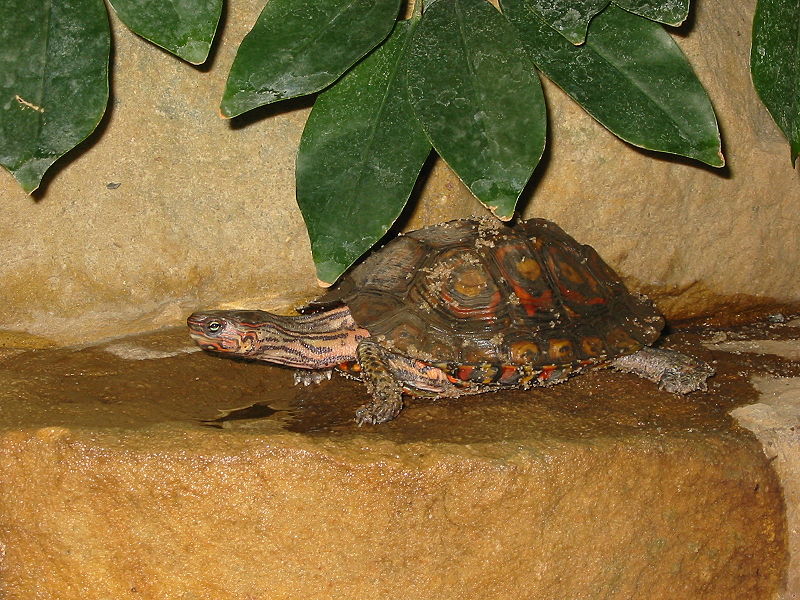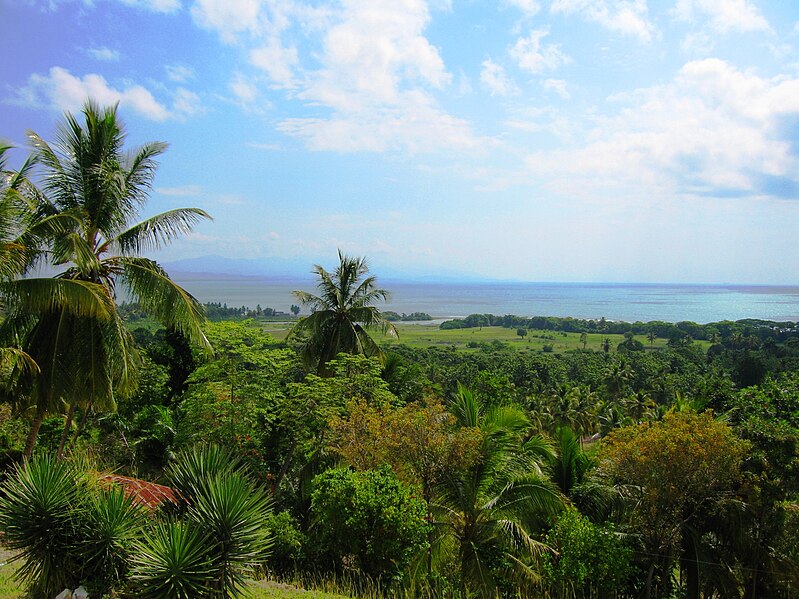 Decades of work in zoos and the pet trade has, I believe, given me a unique perspective on the contributions that each can make to amphibian conservation. Over the years, I have been greatly influenced by the work of private keepers who, in some cases, bred rare species long before zoos. Indeed, numerous husbandry techniques used in zoos originated in the private sector. In general, however, the pet trade focuses on pets and conservationists focus on conservation. But Wikiri, an enterprise formed to support amphibian conservation and research, combines the best of both worlds by using captive-bred frogs to promote its goals. In doing so, Wikiri has broken new ground in addressing the amphibian extinction crisis.
Decades of work in zoos and the pet trade has, I believe, given me a unique perspective on the contributions that each can make to amphibian conservation. Over the years, I have been greatly influenced by the work of private keepers who, in some cases, bred rare species long before zoos. Indeed, numerous husbandry techniques used in zoos originated in the private sector. In general, however, the pet trade focuses on pets and conservationists focus on conservation. But Wikiri, an enterprise formed to support amphibian conservation and research, combines the best of both worlds by using captive-bred frogs to promote its goals. In doing so, Wikiri has broken new ground in addressing the amphibian extinction crisis.
Amphibian Declines
The threat currently facing amphibians are unprecedented. At least 200 species have become extinct in recent years, prompting some to compare this “Sixth Extinction Crisis” to the disappearance of the dinosaurs. Read More »
 That Reptile Blog – Reptile, Amphibian and Exotic Pet Care and Information
That Reptile Blog – Reptile, Amphibian and Exotic Pet Care and Information




